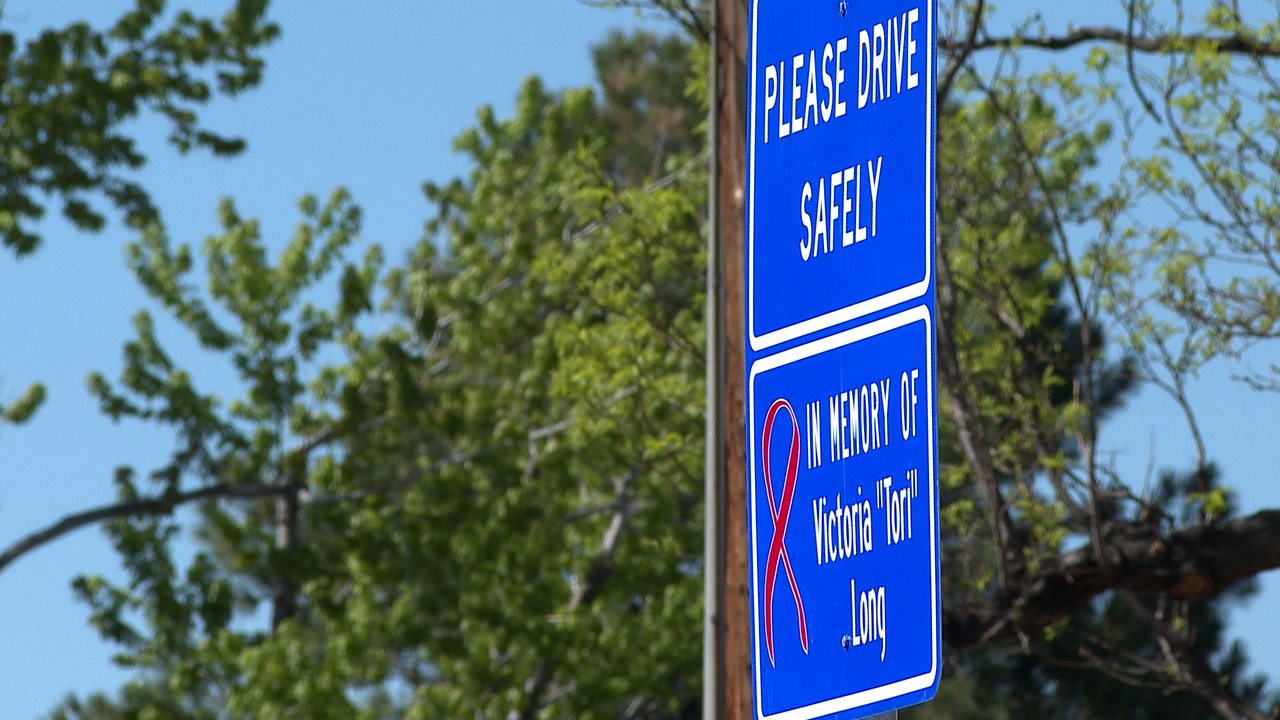DENVER (KDVR) — Schools drove much of the pandemic conversation over the last year, from their role as social service providers to their virtual performance. Schooling issues drove a nationwide move to alternative options, and Colorado was no exception.
When the pandemic struck last March, schools across the county either prematurely ended classes or moved to virtual learning modes. While in-class learning options remained in certain districts, there was a statewide reaction as some parents pulled their children from traditional public schools.
Colorado Department of Education Commissioner Dr. Katy Anthes said the year hit everyone involved: teachers, students and parents.
“A lot has happened,” she said. “We’ve been in this pandemic now for a year. It’s exacerbated equity issues with students that don’t have internet or with parents that are working out of the house with two jobs. Not only have our districts been moving heaven and earth to get students back into the classroom that they’re not used to, they’ve been doing so without any increased pay.”
One concrete impact is clear: children left Colorado’s public schools like never before.
Statewide, there was a 3.3% decline in the number of students in public preK-12 schools, which was worst among Denver metro area schools and the youngest grades.
Pre-kindergarten enrollment dropped the most, seeing a 23% decline in the pandemic academic year, followed by a 9% drop in kindergarteners. A few older grades saw slim enrollment increases – grades 9 and 11 each saw marginal increases, and high school seniors saw a 2% increase.
Rural, urban, small town and suburban Colorado counties all saw countywide enrollments drop, but enrollment dropped the most in the districts closest to Denver.
Statewide, the counties that experienced an enrollment drop saw a 3.07% decline. The Denver metro area’s counties, however, saw an average 5.42% decline.
The Colorado Department of Education groups district types by location – Denver metro, urban-suburban, outlying city, outlying town and remote. Denver metro school districts saw the worst enrollment declines of all five types, while remote schools saw the only type-wide enrollment increase.
Those disenrolled children showed up in school options such as homeschooling and charter schools. While public schools saw a 3.3% decline in enrollment, public charter schools saw 3.9% more students in 2020-21. Homeschool enrollment doubled.
Dr. Terry Croy Lewis, executive director of the Colorado Charter School Institute, said the charter school gains reflect their responsiveness to pandemic restrictions.
“It’s nimble and can adjust to the needs of the community,” she said. “It’s not within a larger system.”
Anthes believes the public school system will recover its disenrolled students as the pandemic eases.
“We do expect those numbers to largely rebound,” she said. “Even as the COVID rates in communities go down, we see some of the families wanting to go back into the school system. It’s still yet to be determined if parents are going to choose that route.”
